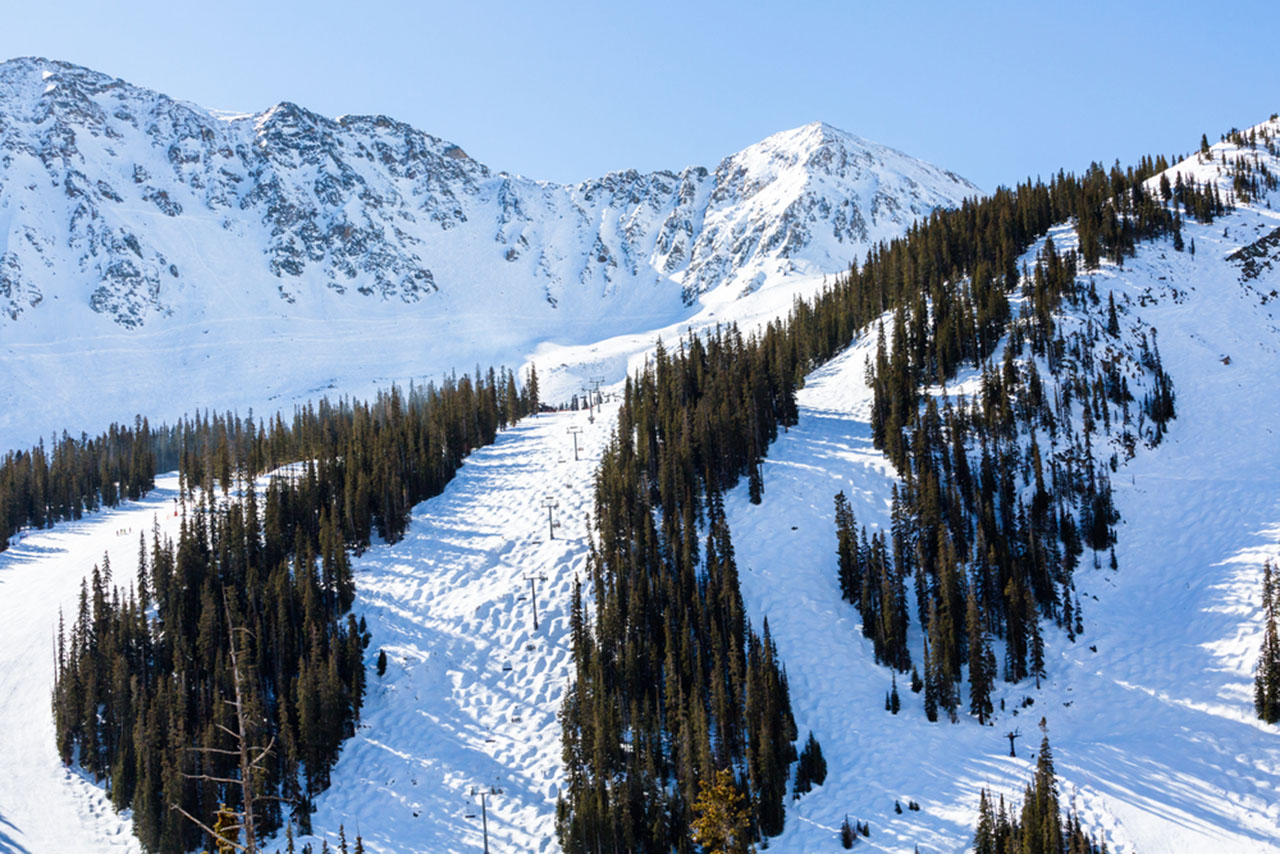The Local newsletter is your free, daily guide to life in Colorado. For locals, by locals.
During World War II, a group of Finnish ski troops took advantage of their extra mobility and knowledge of the local terrain to stave off a fierce attack by a much larger Soviet force. After hearing of the Finnish troops’ success, Charles Minot “Minnie” Dole, the founder of America’s National Ski Patrol, convinced the U.S. War Department to form a unique division within the Army to train troops in mountain warfare, according to the Fort Drum website.
Under Dole’s leadership, the National Ski Patrol assumed responsibility for recruiting soldiers for the first mountain warfare unit in U.S. history. Initially activated at Fort Lewis in Washington, the unit was re-designated the 10th Mountain Division in 1944 and relocated to Camp Hale, Colorado, an army training facility located in the White River National Forest between Leadville and Avon. Nestled at 9,200 feet of elevation in the Eagle River Valley and surrounded by rugged mountain terrain, the facility was an ideal spot for training the division’s 14,000 soldiers in winter warfare, including skiing, climbing, and cold-weather survival skills. In addition to the usual barracks, mess halls, and infirmaries, the camp included a T-Bar and four ski trails.

In January 1945, the division experienced its first combat in Italy’s Apennine Mountains, where German troops held a five-mile-long ridge crowned by the 3,075-foot-high Mount Belvedere. To take this peak, the 10th Mountain Division would need to scale nearly 1,500-foot cliffs at night—a feat the Germans considered so unlikely that they were guarding it with only one small battalion of troops. Thanks in large part to their Colorado training, the 10th Mountain Division’s surprise attack was successful, and the American troops soon gained control of the peak, and held it through seven counterattacks. With the peak under their control, the division was in position to break through the German line, an offensive that opened up a path to the vital Po Valley, a crucial step in ending the war in Europe.
Upon their return to the U.S., many veterans of the 10th Mountain Division made history again by laying the foundations of the modern-day ski industry. Up to 2,000 division veterans, many of whom were itching to return to Colorado’s Rockies, began to improve ski gear, build lodges, and design ski slopes and lifts in many locations, including Ski Cooper, which is situated very close to Camp Hale, as well as Loveland, Arapahoe Basin, Vail, and Aspen.
Another 10th Mountain Division veteran, Fritz Benedict, eventually formed a nonprofit, the 10th Mountain Division Hut Association, that built and operates a series of backcountry huts named in the division’s honor. Five of the group’s huts were paid for by donations from the friends and family of 10th Mountain Division soldiers who died in combat. The current network of 34 huts connects 350 miles of ski trails, providing cozy bases from which modern adventurers can follow in the 10th Mountain Division’s storied footsteps.
Visit: The 10th Mountain Division huts can be reserved online. Plan well in advance, because the huts fill up fast. For more information, stop by the Colorado Ski & Snowboard Museum in Vail, which has both an exhibit and a film about the 10th Mountain Division’s legacy.








